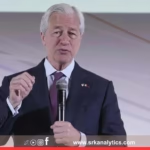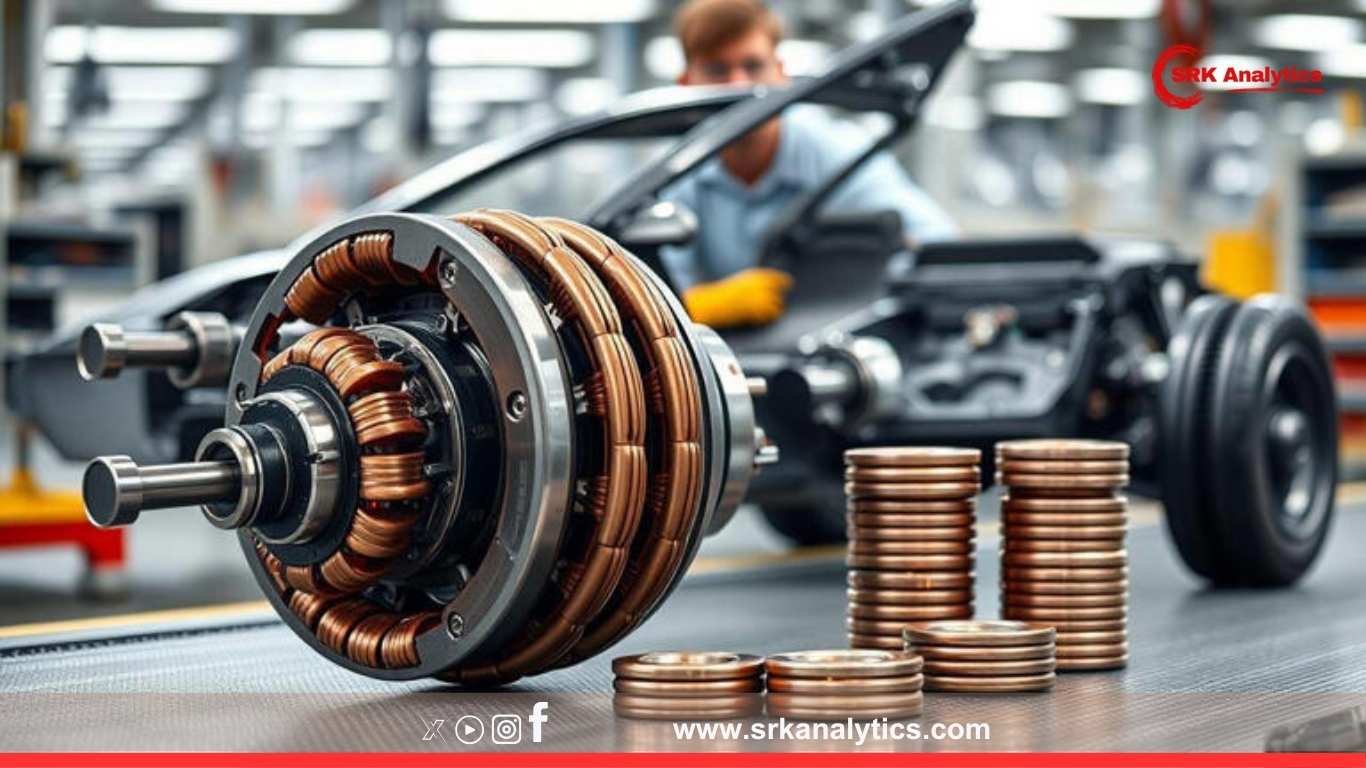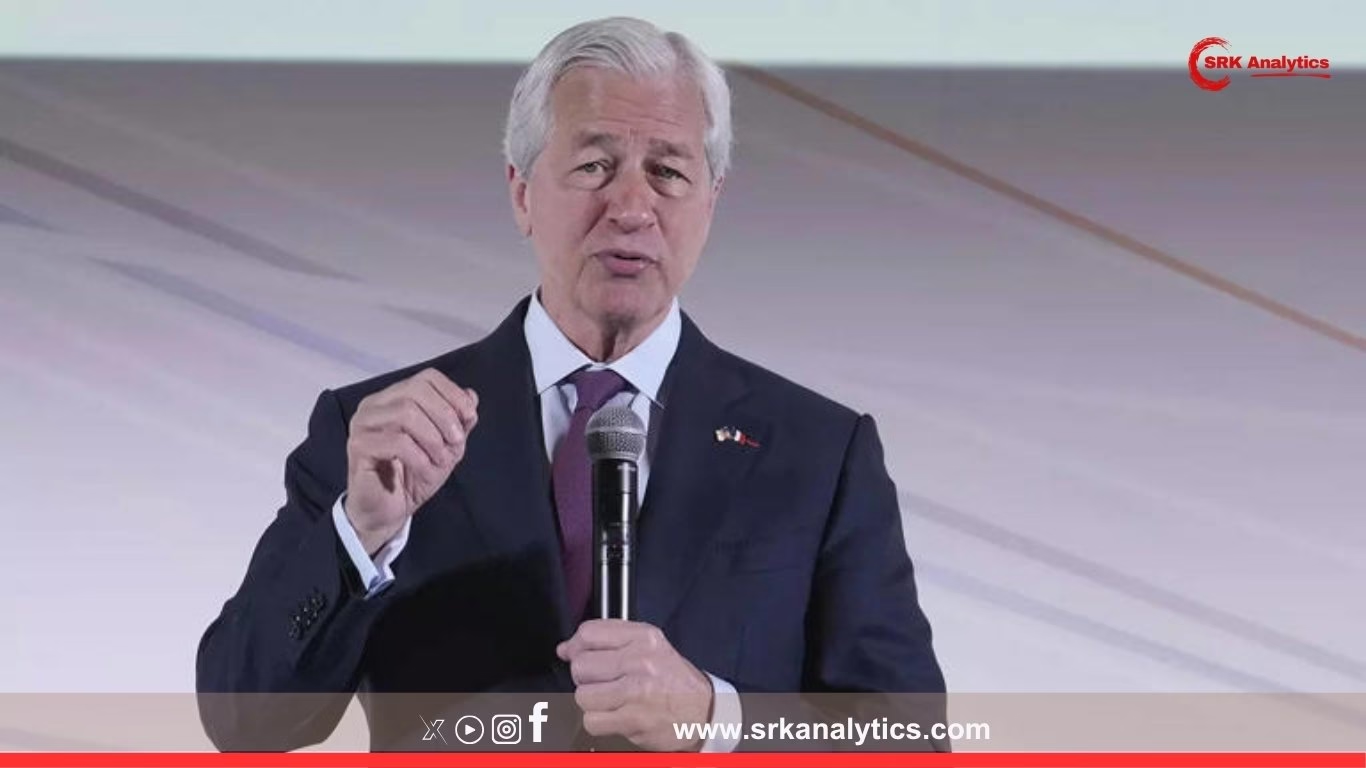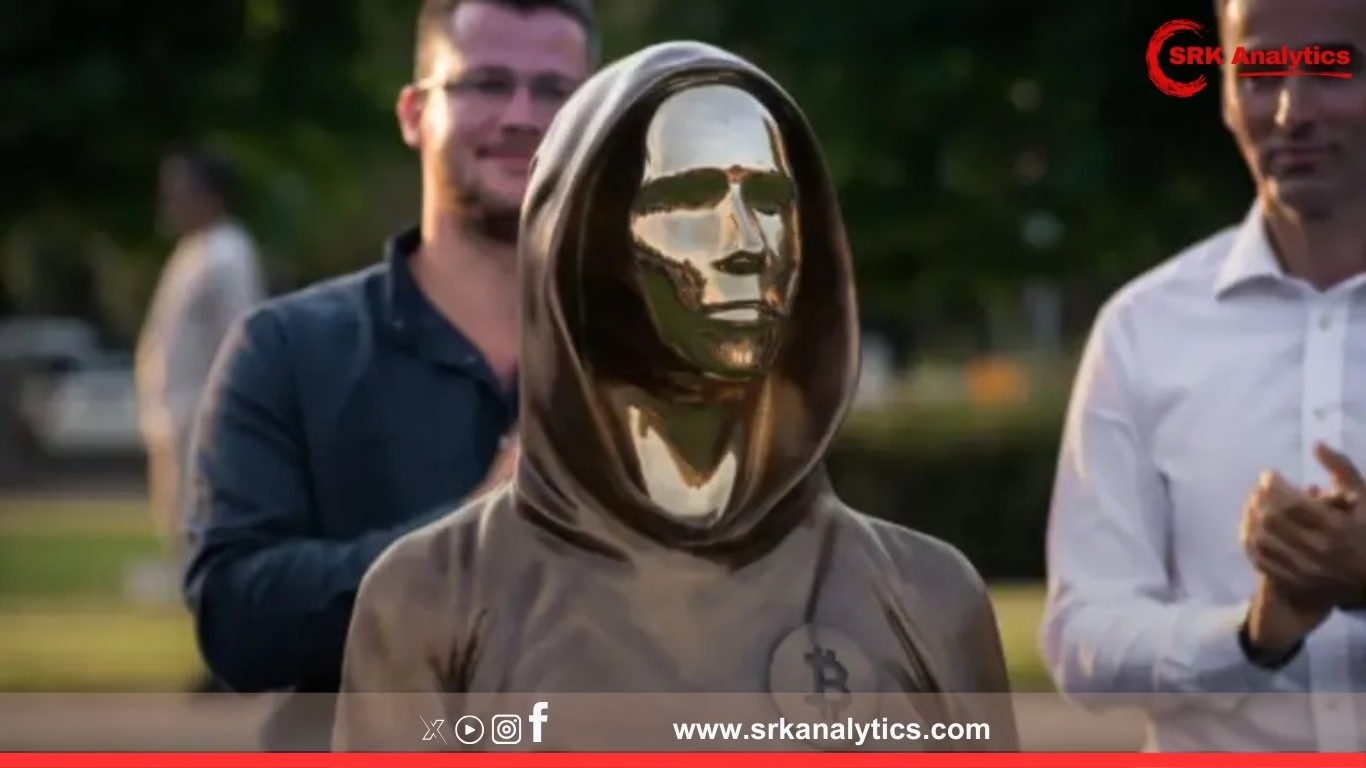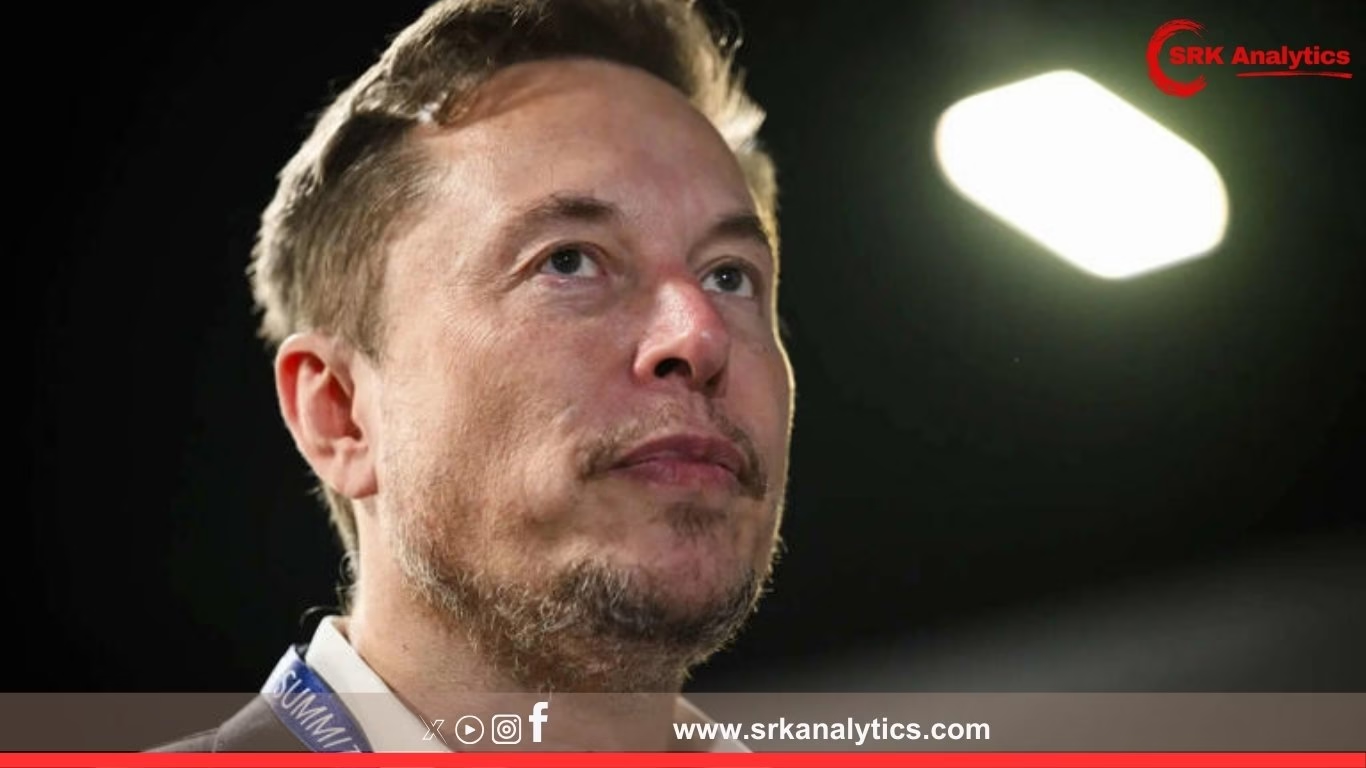India’s auto component sector has raised urgent concerns over the escalating rare earth magnet crisis, calling for a cohesive national strategy to secure supplies as China’s tightening export controls threaten to disrupt global automotive, electronics, and clean energy supply chains. Industry leaders warn that failure to act swiftly could derail India’s EV growth targets, local manufacturing competitiveness, and strategic industrial security.
What Triggered The Crisis?
On July 1, China imposed stringent export licensing requirements for critical rare earth materials, especially neodymium (Nd), praseodymium (Pr), and dysprosium (Dy) used in high-performance magnets. These rare earth magnets are essential for:
- Electric vehicle motors
- Wind turbine generators
- Electronics and smartphones
- Aerospace and defence applications
China controls over 85% of the global rare earth magnet production capacity, giving it disproportionate leverage over global supply chains. The new export curbs cite “national security and strategic resource management” reasons.
Why Is The Indian Auto Component Sector Worried?
India imports nearly 100% of its rare earth magnets from China, Japan, and Vietnam. The Automotive Component Manufacturers Association of India (ACMA) issued a note to the Ministry of Heavy Industries stating:
“China’s export restrictions expose the Indian automotive supply chain to severe disruptions, particularly for EV motors and BS6-compliant turbochargers dependent on neodymium magnets.”
Industry’s Key Concerns
| Concern | Impact On Industry |
|---|---|
| Supply Shortages | Halt in magnet supplies will delay EV production and new product development cycles. |
| Price Volatility | Rare earth magnet prices have risen by 22-28% since January, squeezing already tight supplier margins. |
| Import Dependency | Lack of domestic production capacity increases geopolitical vulnerability. |
| Strategic Security Risk | Defence, aerospace, and renewable energy projects critically depend on rare earth magnets. |
Rare Earth Magnet Price Movement (Jan-Jul 2025)
| Material | Jan 2025 ($/kg) | Jul 2025 ($/kg) | % Change |
|---|---|---|---|
| Neodymium-Praseodymium Oxide | 87 | 108 | +24.1 |
| Dysprosium Oxide | 398 | 506 | +27.1 |
The Case For A National Strategy
Auto component leaders, rare earth researchers, and strategic policy think tanks are urging the government to:
- Accelerate Domestic Mining: Expedite exploration and commercial mining of rare earth deposits in Andhra Pradesh, Tamil Nadu, and Odisha.
- Build Magnet Manufacturing Facilities: Invest in metallurgical refining and magnet production capabilities to reduce China dependence.
- Strategic Stockpiling: Create national reserves of critical rare earths similar to Japan’s rare metal stockpiling model.
- Encourage Recycling: Promote magnet recycling initiatives to recover neodymium and dysprosium from end-of-life electronics and auto components.
- Forge Strategic Alliances: Establish supply chain partnerships with Australia, the US, and Vietnam for assured sourcing.
Global Moves Amid China’s Dominance
| Country | Recent Measures |
|---|---|
| US | Investing over $500 million to build domestic rare earth magnet plants; Pentagon supporting Lynas Rare Earths (Australia) refinery. |
| EU | Critical Raw Materials Act mandates 15% recycling and 10% local mining by 2030 for rare earths. |
| Japan | Diversifying imports from Vietnam and Australia while incentivising rare earth recycling technologies. |
| Australia | Lynas expanding downstream magnet production capacity in Malaysia and Texas. |
India’s Current Rare Earth Scenario
| Factor | Status |
|---|---|
| Reserves | 6th largest globally (3.1 million tonnes), largely monazite sands. |
| Production | Minimal; restricted to IREL (India) Limited with focus on raw concentrates. |
| Magnet Manufacturing | No commercial scale facility; limited R&D prototypes under BARC and DRDO. |
| Policy Framework | Rare earths classified as atomic minerals, restricting private mining participation. |
Industry Voices
| Leader | Organisation | Comment |
|---|---|---|
| Sunjay Kapur | President, ACMA | “The magnet crisis is existential for EV growth. India must incentivise rare earth processing and magnet manufacturing to become Atmanirbhar.” |
| Raghupati Singhania | Chairman, JK Tyre | “Strategic materials security is as vital as energy security for industrial competitiveness.” |
| Dr. Ratan Watal | Former Finance Secretary | “Policy clarity on private mining and public-private R&D partnerships is needed to unlock India’s rare earth potential.” |
Recent Government Initiatives
- Critical Mineral List: Ministry of Mines notified rare earths as strategic critical minerals in June 2023.
- Joint Ventures: IREL exploring collaborations with BARC and DRDO for metallisation and alloy development.
- PLI Scheme Inclusion: Industry demands rare earth magnet manufacturing to be included under Production Linked Incentive schemes for electronics and EVs.
EV Industry Impact Assessment
| Segment | Dependency On Rare Earth Magnets |
|---|---|
| EV Motors | Neodymium magnets are core for traction motors due to high power density. |
| Turbochargers | Use small rare earth magnets in valve actuation systems. |
| ABS Sensors | Miniature NdFeB magnets essential for magnetic sensing functions. |
| Wind Energy | Nd-Fe-B magnets critical for direct-drive turbine generators. |
Social Media Reactions
- “China controlling 85% of rare earth magnets is a national security threat for India.”
- “EV dream needs rare earth clarity. Time for Indian mining reforms.”
- “We must build a strategic stockpile. This is worse than crude oil dependency.”
Potential Solutions Under Evaluation
- Fast-track mining reforms: Allow private sector and FDI participation in rare earth exploration under regulated frameworks.
- Set up magnet manufacturing clusters: Similar to semiconductor fabs, with government viability gap funding and global technology partners.
- Develop recycling ecosystem: Incentivise urban mining from e-waste and automotive components.
- Strengthen diplomatic channels: For long-term offtake agreements with friendly countries possessing surplus rare earth resources.
Conclusion
The rare earth magnet crisis sparked by China’s export curbs has exposed the vulnerability of India’s auto component and EV manufacturing sectors. Industry leaders are unanimous in demanding a national strategy that integrates mining reforms, downstream manufacturing, recycling, and international partnerships to insulate India’s growth ambitions from global supply disruptions. The coming months will be crucial in defining India’s policy clarity and strategic agility to transform its critical mineral security into an industrial advantage.
Disclaimer
This news article is prepared for general business news dissemination based on industry inputs, market data, and public domain policy discussions. Readers are advised to consult sector experts and official government notifications for specific operational or investment decisions related to rare earth minerals, automotive manufacturing, and related critical supply chains.






